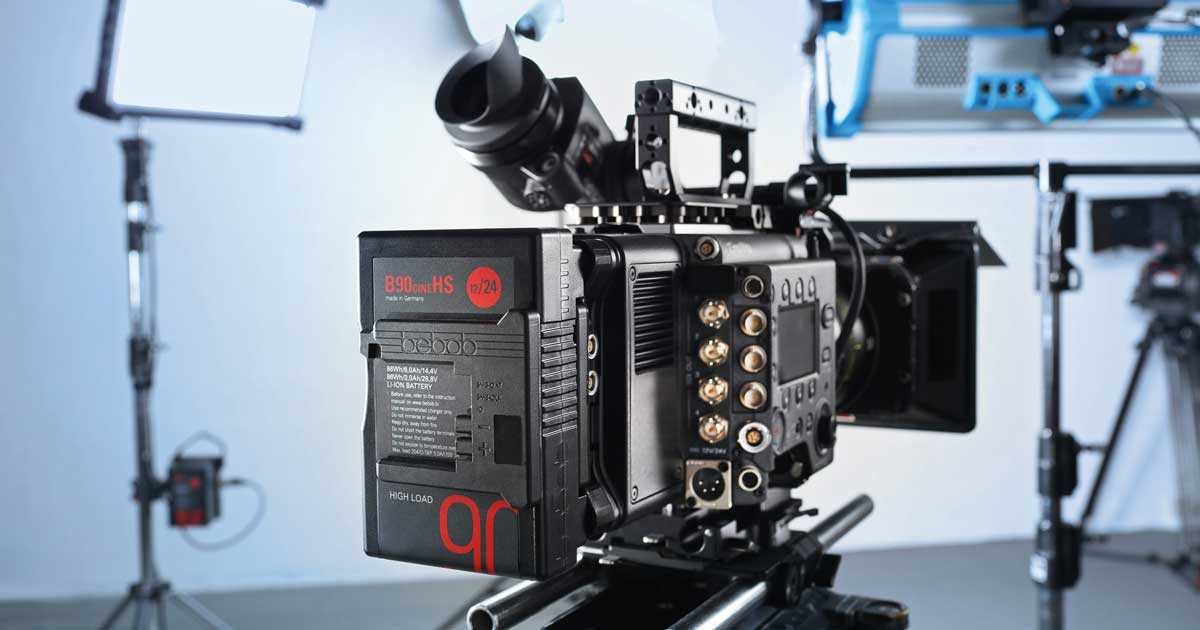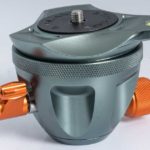
Buyer’s Guide: New Power Generation
Posted on Jan 24, 2022 by Alex Fice
The bewildering world of batteries and chargers comes under the Pro Moviemaker microscope
Words Adam Duckworth
If you want to spend a day confusing yourself, then you could do worse than poring over battery manufacturers’ spec sheets, in a bid to work out what you need to juice up your kit. There is a huge range available in a wide variety of fitments, sizes, capacities, power ratings and more.
If you are just looking for some spare batteries for your mirrorless or DSLR, then you can order the specific replacements from the camera manufacturer, or compatible batteries from a whole array of aftermarket suppliers. Job done.
But when it comes to powering larger cameras, often with their countless accessories – like monitors and wireless kits – you need to pay close attention to what you are buying. There are lots of things to consider. And many of these batteries can be used to power ancillaries, so you need to think about that, too.
When it comes to powering larger cameras with their accessories, like monitors and wireless kits, you need to pay close attention
Some of the most common batteries are the Canon BP and Sony NP-F series, the sort that are bought to power camcorders. These are often called 7.2V, but sometimes are claimed as 7.2-8.4V, since they can go this high when fully charged.
The main difference between the Canon and Sony is the fit, although the batteries are similar, and available from a wide variety of manufacturers.
The Canon batteries are becoming common, and are even used in the Red Komodo, but it’s the Sony NP-F that’s more popular. This fitment is used to power some Sony camcorders, but is often pressed into service to provide power for accessories like Atomos monitor/recorders, small LED lights, wireless transmitters and more. They come in different sizes to give power for longer, but all have the same NP-F fit.
A selection of these also have a USB or DC output to power things like phone chargers or other 7.2V-compatible gadgets.
Some accessory manufacturers allow you to use two together on an adapter plate, providing a 14.4V output. That 14.4V is a bit of a magic number, as it’s the voltage put out by the Sony BP-U series and larger V-Mount or V-Lock batteries.
The BP-U series tend to be used in larger cinema cameras. The better ones can have more power outputs, such as USB or D-Tap – sometimes more than one of each. These 12V D-Tap sockets can also provide power to accessories like monitors.
But the real big boys are the V-Lock types, which are larger and lock onto the back of some cameras, larger accessories, or custom plates. Gold Mount is a similar option, but V-Lock is more popular.
V-Locks are typically 14.8V and can be used to power even 7V cameras, as well as monitors and accessories, as they normally have lots of power outlet options – like D-Tap or USB. Certain V-Locks can be clipped together to provide even more power for a longer period. Some are compact for travelling or smaller cameras; others have lots of accessories, like built-in LED lights or high-rated USB-C outputs that can charge a laptop at up to 60W.
You need to look for the capacity of the battery in terms of Watt-hours (Wh) and maximum current draw. The Wh is essentially how long the battery will power an accessory for. For example, a 190Wh battery works on a 100W light for 1.9 hours.
The maximum current draw is also important, as some accessories need batteries with a large current to power them properly. So, a big LED light – like a powerful Aputure 120d – requires a battery with a 9A draw. You must check the draw of the kit you are aiming to power, before choosing the battery.
Some batteries are intelligent, communicating with the camera to display what’s remaining in the viewfinder or screen. But all are governed by Wh in terms of flight restrictions – and have to go as hand luggage. You can take up to 20 batteries of 100Wh or less, or just two 150Wh units. Anything bigger is not legal.
Then you have to get them ready. Some can be charged by a simple plug-in adapter via a D-Tap inlet, while larger battery charger units are better options. They’re intelligent and can charge several V-Locks at once, often sequentially, so there is always one battery that gets charged first – rather than having to wait for all the batteries to reach full capacity.
Just when you thought you had the hang of it, the new B-Mount has been announced, specifically for power-hungry cameras and lights. Largely used on Arri equipment, they have a 24V rating – although in many cases you can use two 14V V-Mount batteries. The usual Lithium-ion V-Lock batteries are often called 12V, but have a 14.4V nominal rating, with four cells in series in the battery pack. These 24V batteries read 26.5 or 28.8V nominal, depending on how many cells they have.
It’s complicated, but hopefully you’re now more aware of what’s what! Let’s take a look at some of the best options
for professional filmmakers. Read our full buyer’s guide here.










